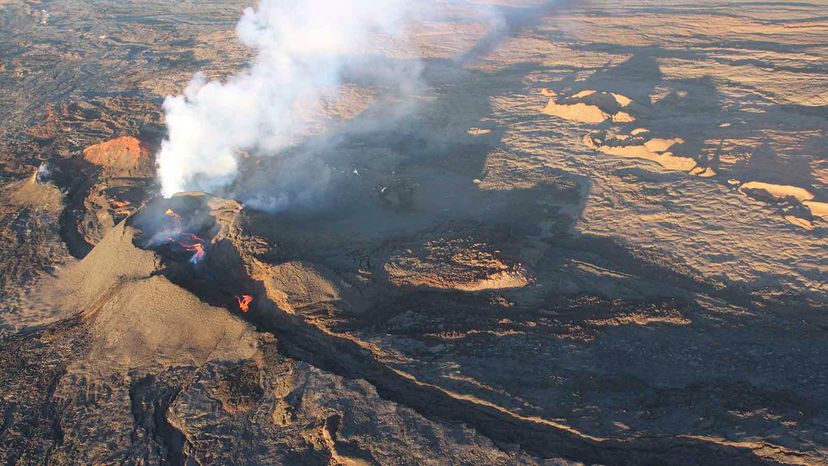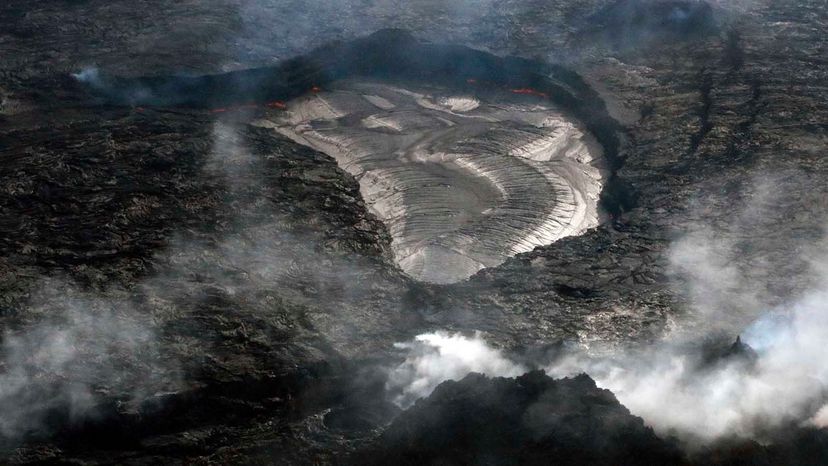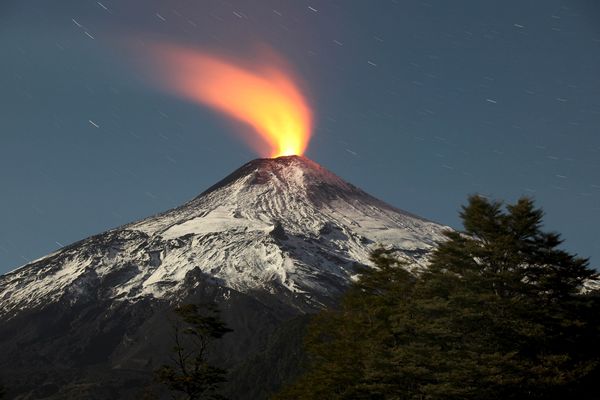
Volcanoes are beautiful and awe-inspiring, but the ongoing eruption of Kilauea and now Mauna Loa on Hawaii's Big Island is showing how dangerous these events can be. Kilauea destroyed more than 700 homes in the Leilani Estates and Kapoho areas alone in 2018.
The two volcanoes are just 21 miles (33 kilometers) apart and haven't erupted at the same time since 1984, when Mauna Loa last erupted.
Advertisement
Neither volcano is threatening homes, though lava flow from Mauna Loa was less than 2 miles from Daniel K. Inouye Highway (Saddle Road) Dec. 11, according to the U.S. Geological Survey (USGS).
As a volcano scientist, I'm very aware of how deadly volcanic eruptions can be, even the "nonexplosive" kind we saw in Hawaii last November. Since A.D. 1500, volcanic eruptions have killed more than 278,000 people.
Today there are 1,350 potentially active volcanoes around the world. Each year, about 75 of them erupt. Around 800 million people live within volcanic risk zones. Volcanologists study and monitor volcanoes so that we can try to forecast future eruptions and predict how widely the damage could reach.
Advertisement



